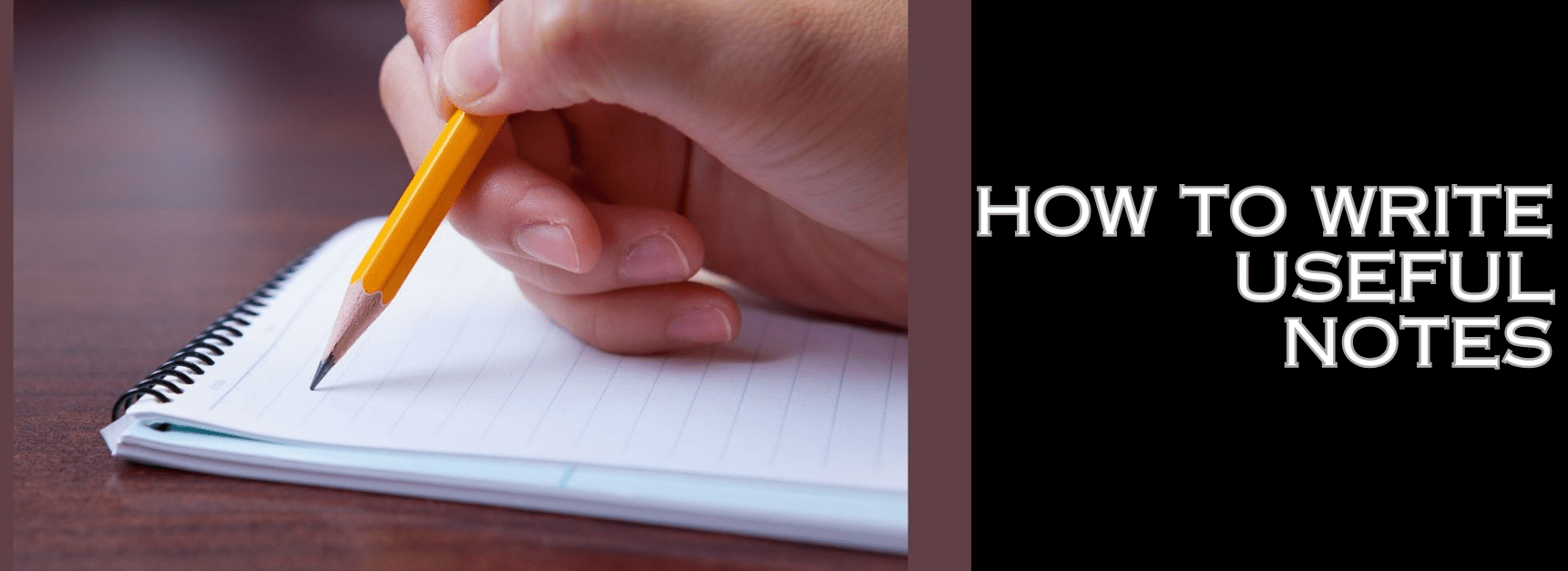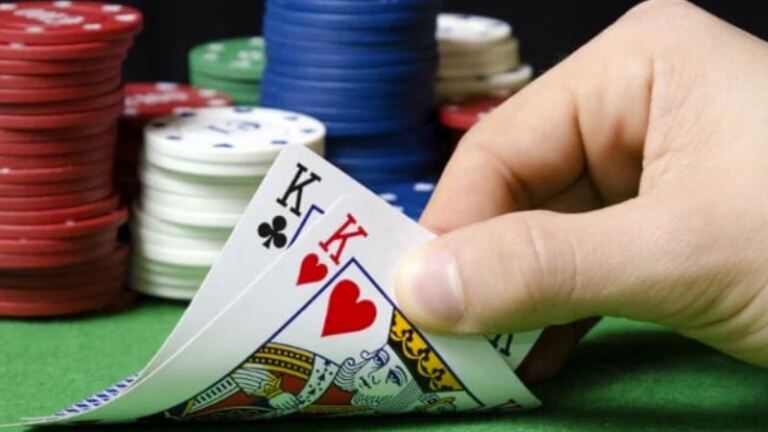Today, we’re diving into a skill that separates breakeven grinders from consistent winners: writing useful poker notes. Not just scribbles, but actionable insights you can apply in real time. When you catch deviations, timing tells, or strange bet sizes from an opponent, and record them correctly, you're building a personal exploitative edge—one that can directly translate to more chips and higher winrates.
In an era where many players are using tools to analyze their play and spot leaks, manual note-taking still remains one of the simplest and most powerful ways to stay ahead—especially if you're combining it with modern study techniques.
Let’s break down how to take smart notes during and after your sessions, what to focus on, and how to avoid the common pitfalls many players fall into.
Why Writing Poker Notes Increases Your Winrate
Most software allows us to make notes about our opponents. If you haven't used this option yet, you are falling behind.
Sometimes, you have data on your opponents, but extracting the correct information on the fly is not always straightforward. However, when you see a showdown, you can conclude so many things about your opponents' range construction that worths actual EV if you know how to use it against them.
Of course, a standard play is not worth much of noting. We're looking for an overplayed hand or a missed thin value on the river. Anything that is not standard and not GTO approved. A sizing or timing tell can be very valuable, as well. Thus, in the next hand, if you find yourself in a difficult decision about bluffcatching, valuebetting, etc., you can conclude how your opponent sees the situation. For instance, if you have seen Villain missing thin value bets on the river but often betting, you can conclude that she is probably overbluffing.
How to Categorize Poker Players With Color Coding
A very simple way is to use a colour code for each type of player. What I'd suggest is to distinguish at least regulars from recreationals. However, the more categories you make, the better. Just pay attention to be consistent and use uniform groupings. If you use overlapping terms like' overaggressive',' too passive',' calling station', etc., you'll end up with way too many groups. There will be aggressive regulars, but simultaneously calling too wide, and we could continue the examples. Therefore, adding more specific but distinctive groups like' good reg',' 1.0 reg',' calling station recreational', etc, is more beneficial. You'll understand that there is a range for each characteristic of their game, but you have a clear group for them.
In-Game vs. Post-Game Poker Notes: What to Track and When
If you take poker seriously and look for the little edges, you must take notes both in-game and after playing.
Ingame, your time is limited, so you must develop a quick method to take notes. For example, start to use clear abbreviations and shortenings such as 'x' for check and 'b33' for betting 33% pot instead of writing down a whole sentence. The list can go on and on; you can distinguish the flop from the fold by using' F' for the flop and' f' for the fold. Create your own language, the one that's most comfortable for you.
You'll have more time to jot down your notes outside the tables. Still, you should follow the method used in-game since you'll have limited time to read them as well when you need them (aka when playing).
Common Poker Note-Taking Mistakes to Avoid
Inexperienced players often commit mistakes by writing sloppy notes, sometimes missing key information, etc. Making decisions based on incomplete information will lead to huge mistakes and blunders.
First and foremost, one read or note is sometimes not more than a hint or the deciding factor, as an educated guess in a close spot. If a note is reinforced with the same behavior, it's more likely that you can rely on that.
Imagine you have the note Villain bluffed on the river with a half-pot sizing (a very common size, often a size-tell). On the next hand, can you conclude that it's a bluff when she uses half pot again on the river? Of course not! First, your note is incomplete; there is no information after what line your opponent chose for this sizing. Was it in a 3-bet pot, pulling the third barrel for a high amount of chips, or was it a limped pot checked to the river? Can you see how big of a difference that could make?
Not to mention that this sizing can be the standard play by Villain in each situation. Or a thinking player might use this size again to disguise the hand strength based on your hand history. (However, this latter is less likely, especially in low-stakes)
Best Practices for Writing Useful Poker Notes
When writing a note, try to be very specific but in a short form. A good way to start is to focus on the deviation, the mistake you see. Write down the betting scheme, including if there was any bet size tell, or other tells, such as communicating in the chat, using emojis, or some kind of time-tell like a snap check, etc.
An example could be; "as pfr BTN v BB: bxb b33, x, b50 with A-high bluff, turn snap checked, river snap bet". This means Villain was the preflop opener from the BTN and decided to bet-check-bet with an ace-high bluff with a sizing scheme of 33% pot, check and 50% pot. In addition, we picked up a time tell, which is snap-acting with a bluff.
Does this mean she is bluffing the next time she snap-acts or uses 50% on the river? Not exactly, but at least we have an educated guess of what's going on. In this case, I'd be happy to bluff catch against this opponent and pay attention to the showdown. If our read is reinforced, I'd mark it as a "2x". If she had a value hand this time, you must update your read and continue with this extra info.
When you reach a showdown, you can make a lot of assumptions about your opponent and how she understands or approaches the game. If Villain turned a showdown hand into a bluff, she is clearly overbluffing. If she checked back a hand with zero or very little showdown value, the next time she is betting, it's probably an underbluffed spot.
So make your assumptions and play on fewer tables to have enough time to process all the valuable information.
Which Poker Players You Should Take Notes On
Writing notes works very well against recreationals. They will very likely telegraph their hand strength with their bet sizes, showdown hands that will indicate massive deviations, etc. If you can pick up a read like this, that can be a massive boost to your winrate since your light bluffcatch will give you extra cash that you generally wouldn't win, or a tight fold can save you a lot of money.
Nevertheless, regulars can make huge mistakes, too. Especially on lower stakes, for instance, they tend to deviate by using non-standard sizes with bluffs. Commonly, they know what to do with their value, but they don't realize that at the moment of heat. For example, by sizing down with their bluffs, they tell us their hand strength when all their value should bet big.
There are many examples of tells, but this article is about the importance of noting them and using them in your favor. So, noting is good against all of your opponents; even if they are good players, you can catch extra information just by paying attention and reacting accordingly.
Summary: How to Write Useful Poker Notes
Taking notes on your opponents is a powerful yet underused way to increase your poker winrate. By observing and recording non-standard plays, bet sizing tells, timing patterns, and showdowns, you gain valuable insights that allow for exploitative decisions in future hands.
To make your notes actionable, be specific and consistent. Use abbreviations and clear structure to quickly capture information in-game, then expand or reinforce these notes after your session. Group players using a clear color-coded system, distinguishing between types such as "good reg" or "calling station recreational" for fast reference.
Avoid vague or incomplete notes—one instance of a sizing or timing tell is just a clue, not a rule. Always include context like the betting line, position, and action sequence. Reinforce notes only after repeated patterns are observed.
Taking notes works especially well against recreational players who often show clear tendencies, but even regulars—particularly at lower stakes—can give away information through sizing or timing mistakes. Stay observant, reduce table count if needed, and use every edge to gain an advantage.
Maximize Your Poker Profits with RakeRace.com
✅ Exclusive Support – Personalized assistance for registered players.
🏆 Monthly Rewards – Up to $50,000 in prizes through top-tier promotions.
🎯 Best Rakeback Deals – Compare and access industry-leading rakeback offers.
🔝 Trusted Since 2008 – Over 15 years of helping poker players maximize profits.
👉 Join RakeRace.com and turn your volume into serious earnings.

















0 comments